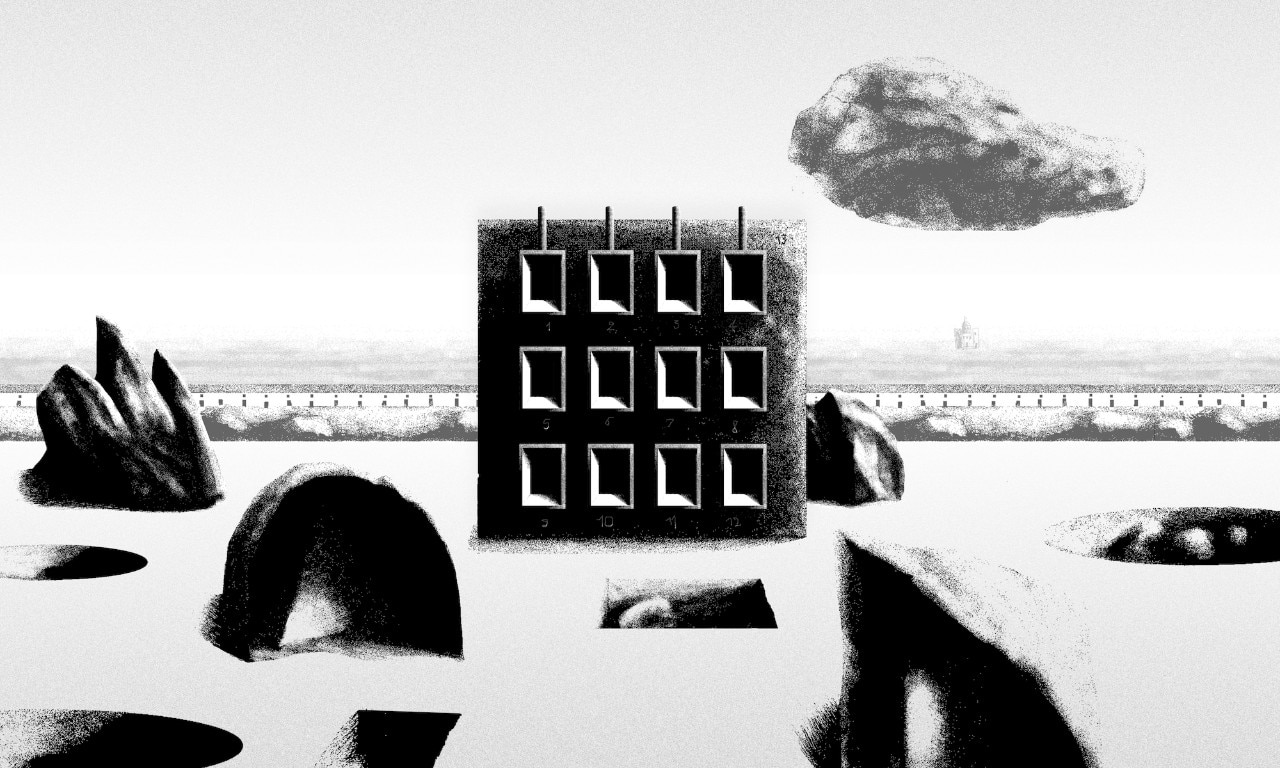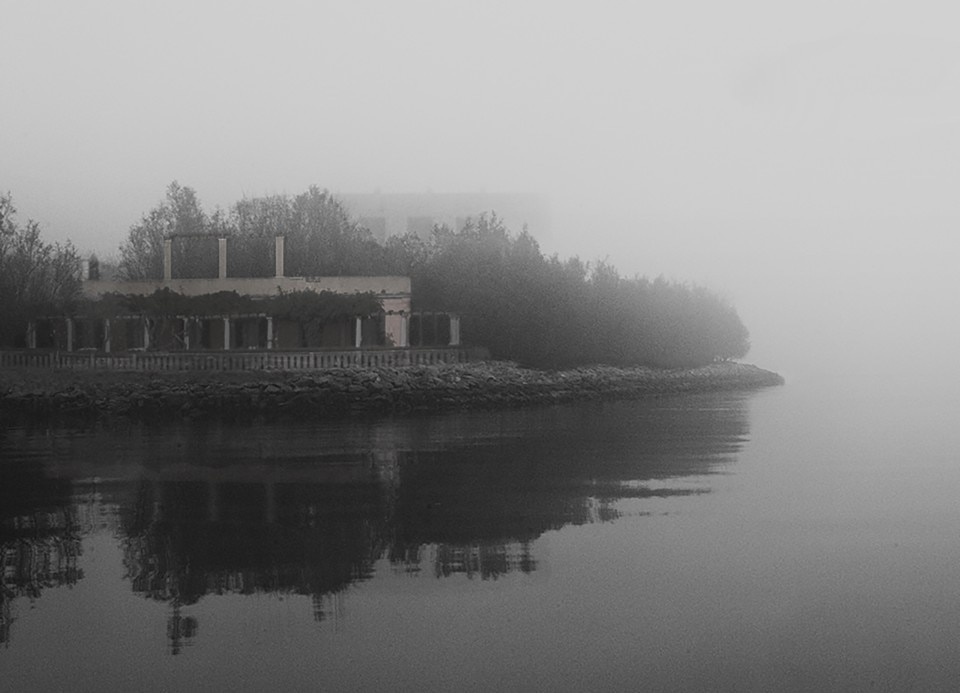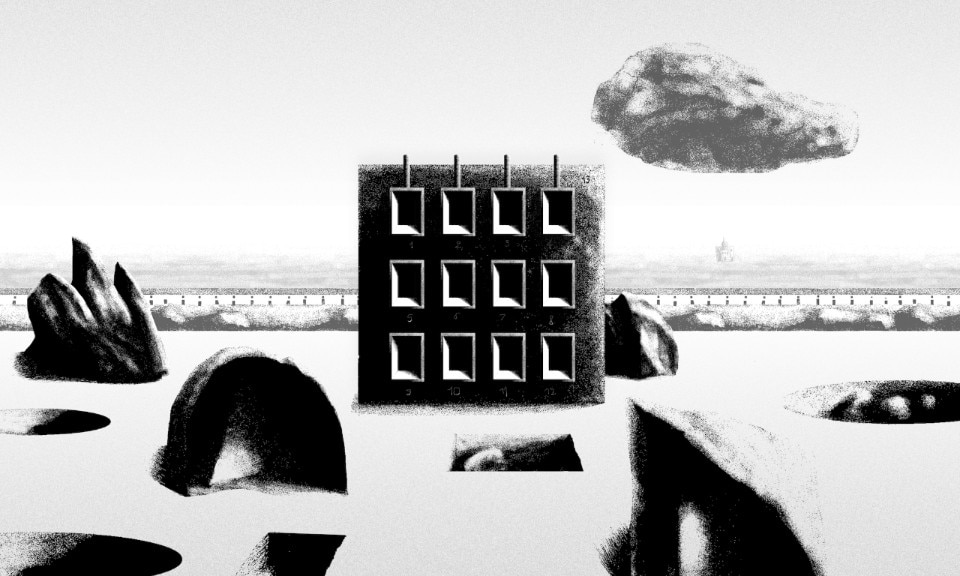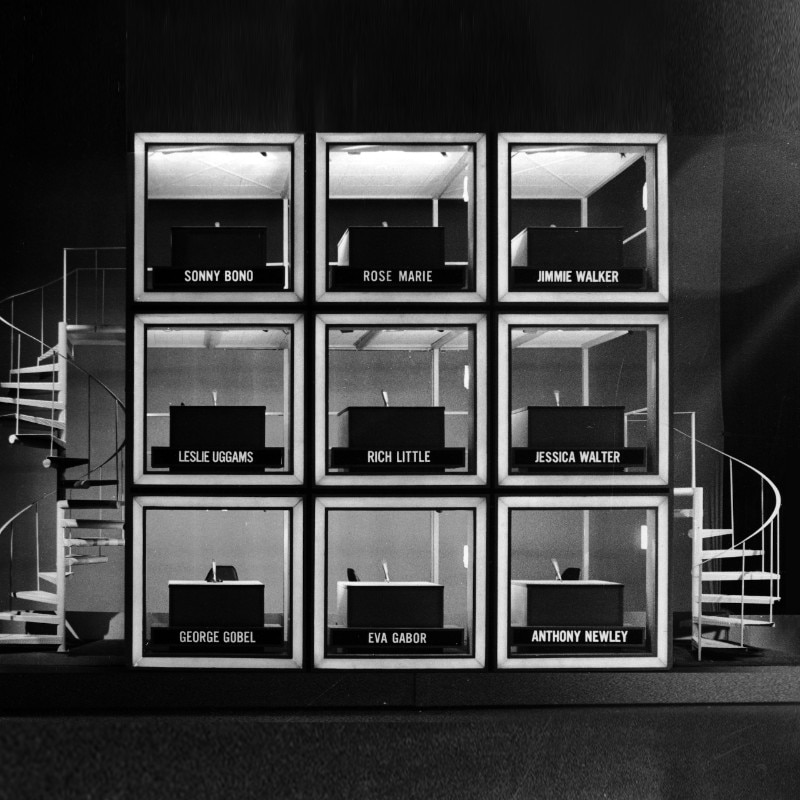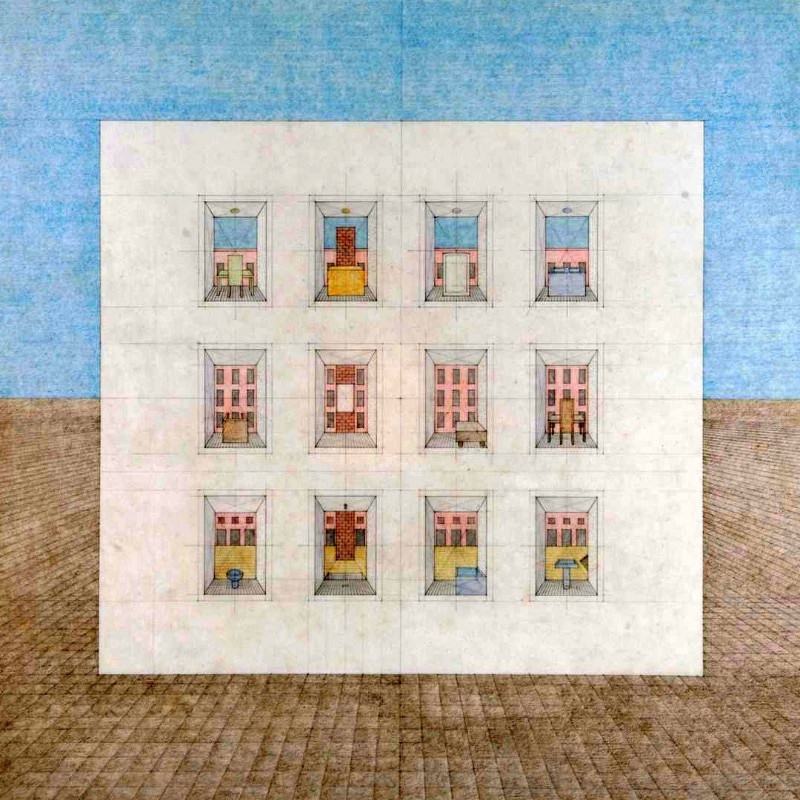Contessa Luisa Albertina di Tesserata was the owner of a little private island in the Venetian lagoon. Most of her family fortune had dried out because of a century-long series of mishaps and an endemic lack of management skills. She was the last of her line, having lost both her parents and only brother to the Spanish Flu.
In 1930 she had met Count J.B. d’Haussonville, impoverished French aristocrat with no money, poor health, but a contagious passion for the arts. They married the next week. The couple needed money, so at first they worked as aristocrats to hire. After being paid to attend the opening of several second-rate Ligurian casinos, they grew into a fascination with blackjack and became professional gamblers. The Contessa, naturally gifted with the capability to perform complex mathematical computation, had finally found a way to use her birth talent: she counted the cards with extreme ease. The couple spent the following years between Monaco and Paris. Having become intimates of the Parisian avant garde, they almost naturally developed into compulsory art collectors. All their gambling profits went into buying oeuvres by Brancusi, Duchamp, Picabia or Hans Arp.
Their crumpling Venetian little villa received little care. Each decaying room of the compound was consecrated for exhibiting just one artwork, be it a postcard-sized photograph by Man Ray or a half-finished, unsigned painting by Giacometti. The couple lived in the single room that still had a functioning fireplace and all the glass in the windows. It was not the black mold of the rotten floors, but a new experimental chemical varnish in one of the artworks, that poisoned and prematurely killed J.B.
After the death of the Count, no visitor was allowed to the island. The Countess never replied to any letter or telegram. It was only in the mid 50s that a strange woman, nicely dressed but obviously intoxicated, appeared at a casino in Nice, with one small Mondrian painting tucked under her arm. She deposited the artwork for chips and by early morning managed to win a little fortune. The next day, she booked a one-way flight ticket to the US.
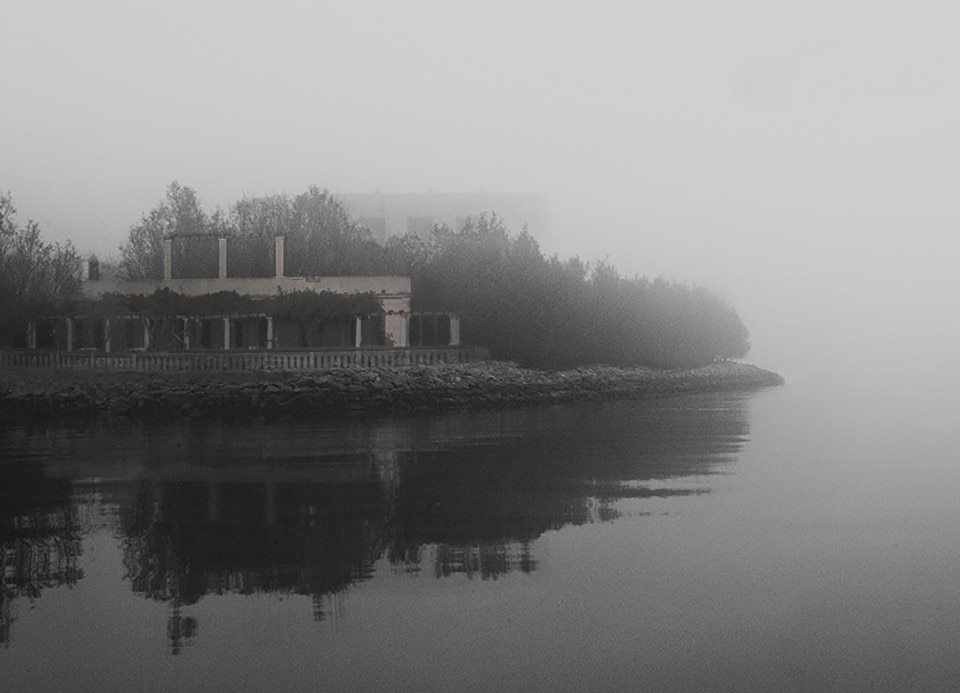
The next decades were spent between Nevada and New York. She lived very frugally. Everything she earned in the Vegas casinos was spent on buying art and opiates. The Countess day-dreamed of building a new house on the island. She even asked a powerful architecture curator to recommend her a shortlist of architects fit to the task. She entertained long telephone talks with two of the suggested designers - one, a rigid German guy teaching at Cornell, stopped answering her calls after weeks of exasperating conversations that didn’t lead anywhere. The other, a more affable poet-architect with almost no building experience, sent her a few notebooks with sketches and some beautiful watercolor renderings, but didn’t manage to provide a budget quota. The Countess failed to appear at all the meetings they had set and, eventually, their conversation also dried off.
Having lost her gambling discipline because of the decades-long abuse of spirits and narcotics, the Countess began to accumulate serious debt. The last time the Countess exited a casino with money in her bag was in 1974. Excluded from all casinos in Western Europe and the Americas, she had to tour the poor countries behind the Iron curtain and, in under a month, she crushed all the gambling floors from Albania to Czechoslovakia. She didn’t like Eastern European art, but arrived home not empty handed: in Belgrade she had met a desperate Romanian sculptor and helped him cross the border at Trieste, in promise of his future professional services.
He convinced the Countess to let him take care of the pieces. More than that, he promised to build single-handedly the new building she longed for; twelve small rooms for the most precious artworks, elevated from the ground to keep away from moisture. The American architect’s sketchbooks provided a good-enough guide for him.
He proved to be a fabulous craftsman and in less than a year, he indeed finished the new building. The sculptor then began to take care of the small family villa and started to restore it, room by room. The restoration would have progressed on the same pace, if not for a tragic accident: when trying to replace a wooden beam on the upper floor, the scaffolding collapsed together with the masonry wall it was secured to. The sculptor and the two old servants were crushed to death.
The Countess lived a few more months in complete solitude, resorting again to a deadly regime of painkillers, alcohol and antidepressants. The exact date of her death is not known. In her testament, the Countess left all her possessions to the city of Venezia.
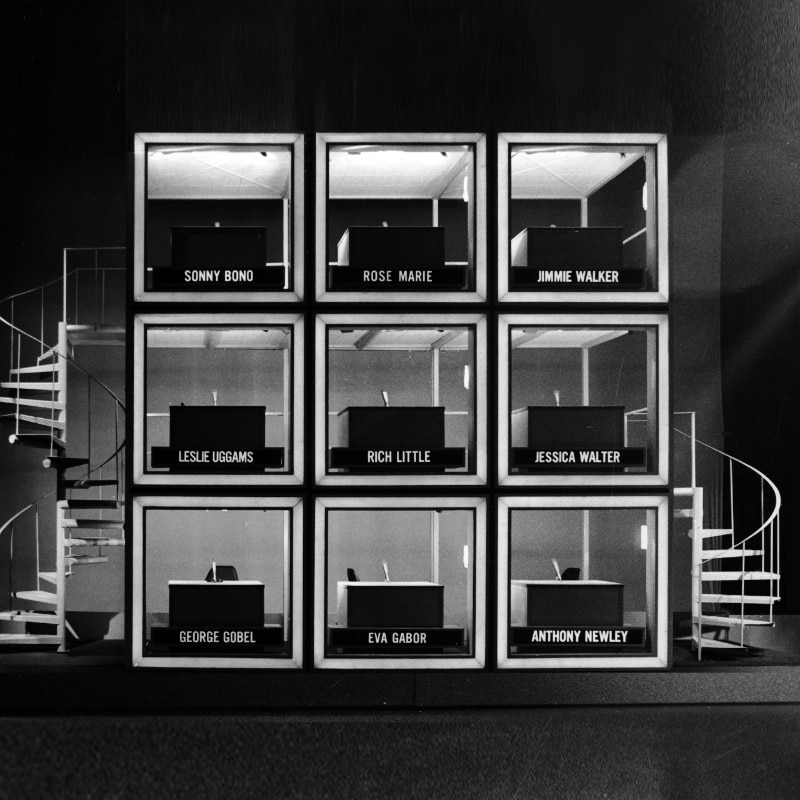
It took almost a decade for the slow paced Venetian bureaucrats to evaluate her bequest. An uninhabitable viletta of 13 rooms on two floors, and four annex buildings, one of which illegally built without a permit, totallying 656 square meters. A library with 5.112 books. Few items of jewellery. No valuable furniture, antiquities or heritage objects. No records, documents or letters. An artificial island of just 7.937 square meters.
The State Property Office decided to put the island on the market at a reserve price of 1.2 million euros.
The only offer came by phone from a German real estate brokerage company and the hammer fell down at the asking price. The German company, specialized in island sales and rental, island development and private island appraisals, re-sold the property in mid-1990s (at double the price) to an eccentric “collector” of such type of real estate (having bought from the same source two other islands, but due to a very expensive divorce, the island collector put the property up for sale in 2007.
An Italian consortium of catholic businessmen bought the island for 3.6 million euros. They already had prepared an architectural project to develop the property into the hospitality sector. In 2012, the Council gave the go-ahead to the urbanistic variant that will allow the realization of a tourist facility with spa and restaurant (all within the confines of the restored villetta) to serve a glamping resort with 12 upper-class rental units scattered around the island. In 2018 the consortium fell into bankruptcy as well - some whisper because of too many unpaid debts related to Marghera’s heroin market. Its estates were confiscated by the City Council and two years later the little island went into another bankruptcy auction, this time for half the price.
It is so that the island became property of a Sicilian developer. His construction company is set to develop the approved glamping concept. The demolishing works were set to begin early this year, but the recent health crises temporarily halted the construction works.
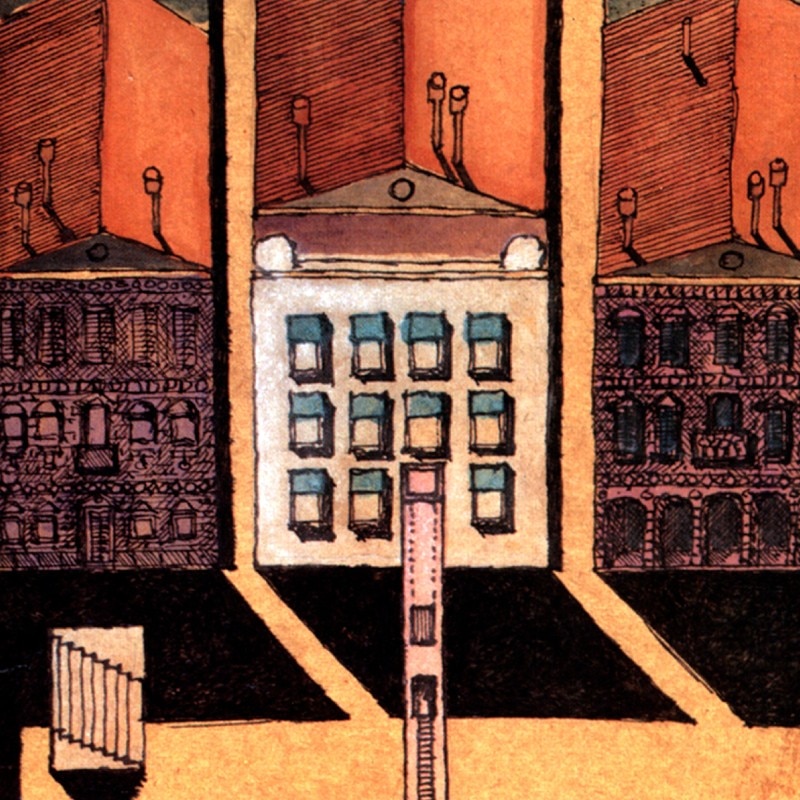
In the spring of 2020, Giovanni and Marialuisa, two architecture students from the IUAV were intrigued by the weird looking postmodernist annex they were sent to survey on the island. It vaguely resembled an old speculative project: it was without a doubt that the building they just investigated was a project by John Hejduk.
Apparently, Hejduk reused the architectural concept that he originally created for the Contessa: he developed for it a new narrative and published it years later under the name The House for the Inhabitant who Refused to Participate.
We got in touch with the current owners of the building, asking for permission to visit their property together with a professional photographer. They granted us permission to land the island on a very narrow timeslot and even offered us funding for a one-week residency on the island for 12 international architects of our choice.
On two conditions: the contract unequivocally stated that, one, everything must be kept top secret prior to the effective demolition of the building, and, two, the outcomes of the residency must be exhibited during the next Venice Architecture Biennale.
The demolition of Hejduk’s Venetian wall house started on November 21st, 2020 and was completed by early-December. On December 17th, the third Unfolding Pavilion will unveil the artworks made by the twelve international architects during their one-week residency in Contessa's abandoned house. They were its first and last residents, and their works, created in complete solitude while locked inside the 12 rooms of the house, are the only proof left of the incredible and sad tale of the lonely Contessa and her House for the Inhabitant who Refused to Participate.
This text was written as an accompanying research piece to the third edition of the Unfolding Pavilion, which will open digitally on Thursday December 17th at 18:00h on ritualsofsolitude.com. Following its online opening, the second part of the exhibition will be physically shown on the occasion of the upcoming Venice Architecture Biennale. The Unfolding Pavilion is a curatorial project by Daniel Tudor Munteanu and Davide Tommaso Ferrando, which pops up in previously inaccessible but architecturally significant buildings.


